By Barbara Else
Go Girl: A Storybook of Epic NZ Women by Barbara Else is a collection of inspiring true stories about New Zealand women who have done extraordinary things. There’s Dame Whina Cooper, Janet Frame, Farah Palmer, Lucy Lawless, Kate Sheppard, Nancy Wake, Sophie Pascoe, Margaret Mahy, Lydia Ko, Merata Mita, Rita Angus, Te Puea Herangi — and many more. Their stories are accompanied by portraits by a selection of New Zealand’s best-known illustrators: Ali Teo, Fifi Colston, Helen Taylor, Phoebe Morris, Rebecca ter Borg, Sarah Laing, Sarah Wilkins, Sophie Watson and Vasanti Unka.
With thanks to Penguin Random House NZ, here are the stories and portraits of Dame Valerie Adams, Lorde and Patricia Grace.
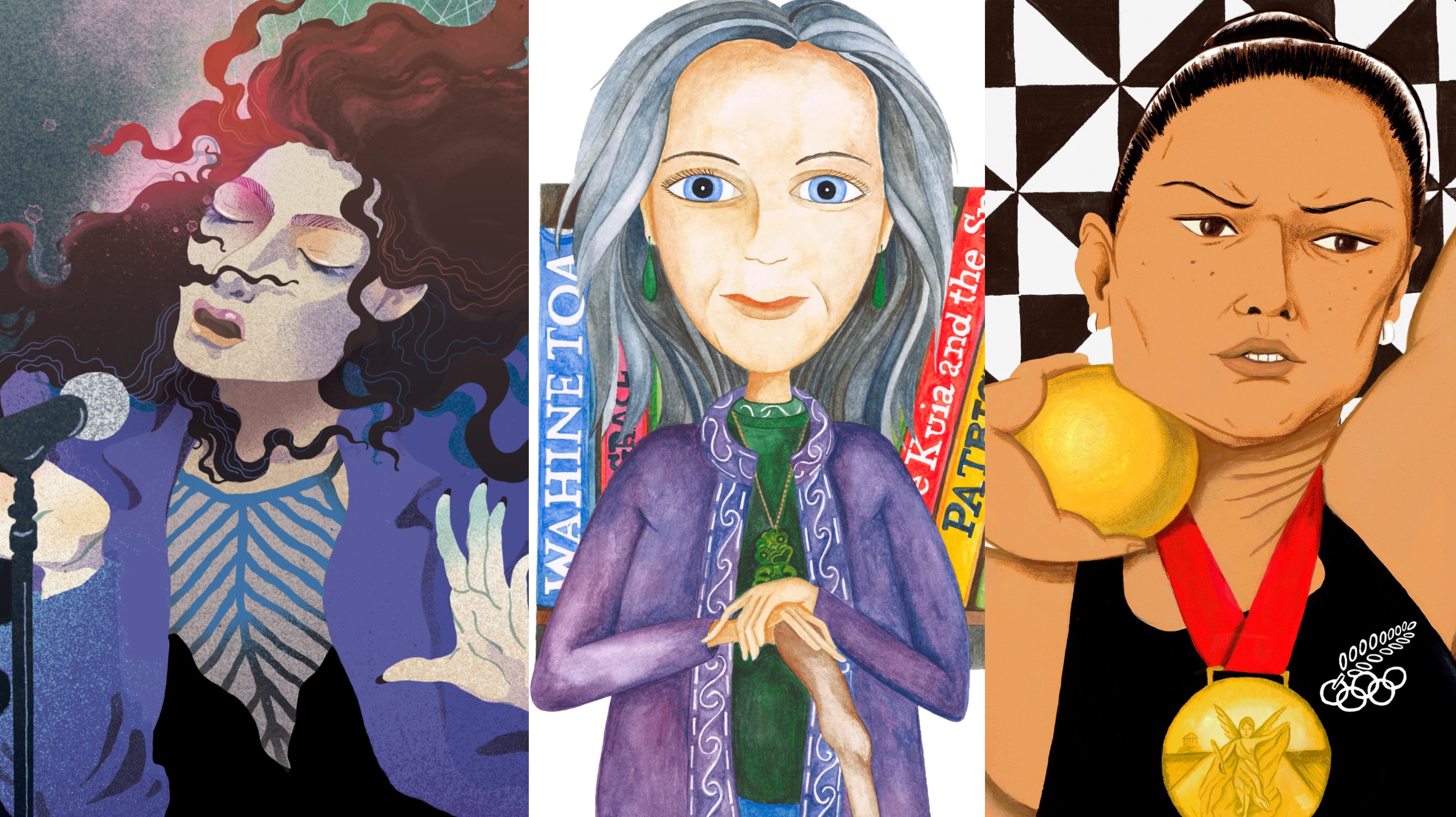
Dame Valerie Adams
Athlete
Born 1984 in Rotorua, New Zealand
Kiwi Tongan
Just keep going, she always told herself.
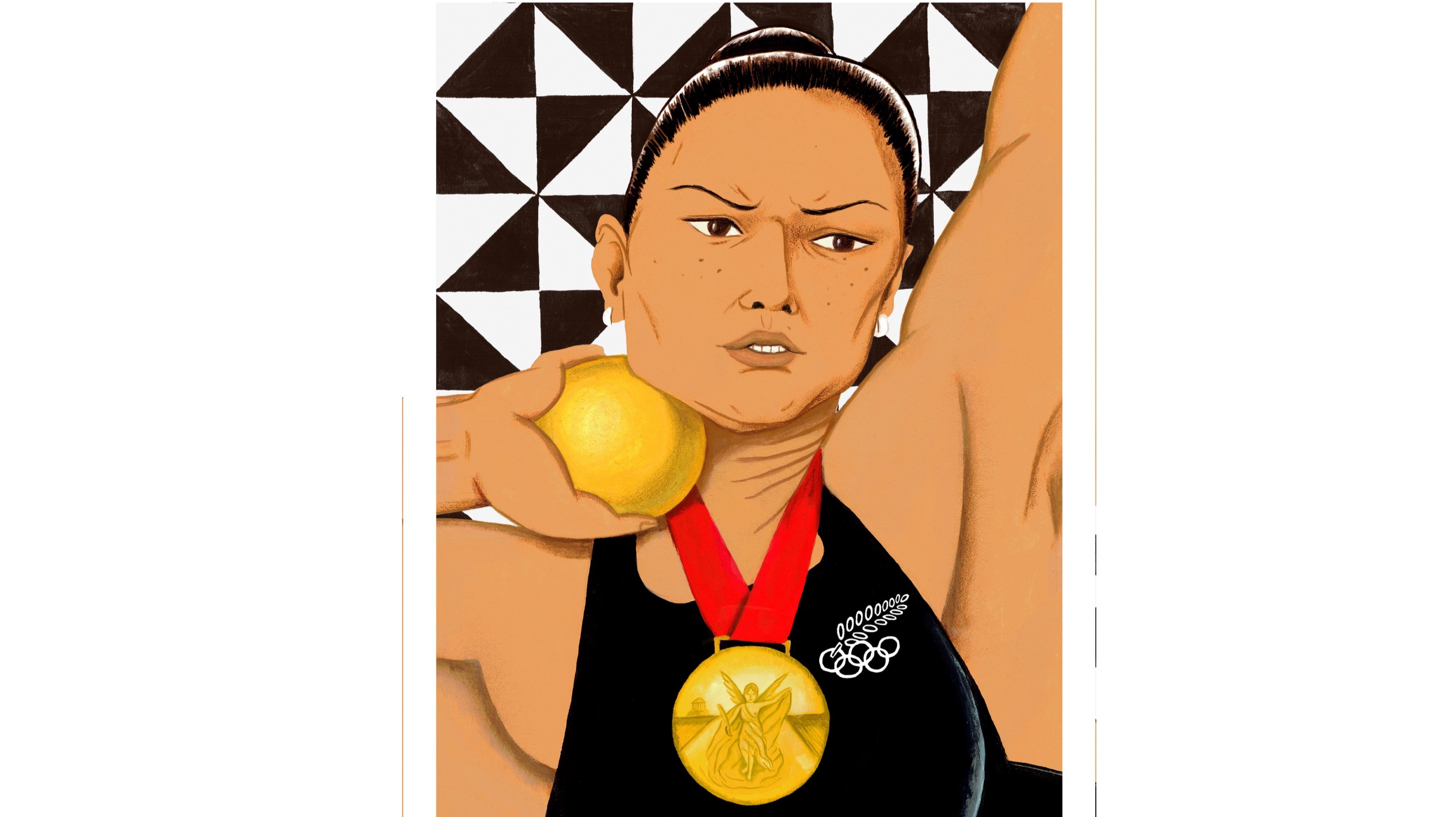
Valerie was a champion. For more than 11 years she’d competed at shot put, sometimes winning, other times not. By now she had 14 gold medals and many silver and bronze. She knew you could never count on success. It takes constant battle to do your best.
Shot put is hard. Just keep going, Valerie always told herself.
Throwing the shot was second nature by now, but she still checked her routine. Lifted the shot over her head. Brought it straight down under her jaw. Pushed it into her neck, elbow parallel to the ground…
One of Valerie’s rivals was Nadzeya. Sometimes Valerie beat her. Other times Nadzeya won.
The Olympic Games were coming up. Valerie had just won the World Championship with a personal best throw. She was feeling strong. But in sport, you can’t stop training. She worked especially hard.
In the weeks of practice leading up to the Games, Nadzeya began throwing the shot longer and longer distances. Valerie trained even harder. She did weights to make her legs and arms more powerful. She imagined her whole body as a cannon propelling the shot.
On the day of the contest, Valerie used all of her knowledge of being a champion to stay calm and drive the shot as far as she could.
Nadzeya won.
Valerie hid her disappointment. After all, she’d won the silver medal and silver is great.
But sports commentators said: Is it time Valerie stopped competing? Is it time she retired?
No way, Valerie thought. She’d just prove how good she was at the next Olympics. All she had to do was train harder.
‘I’ll retire when I’m ready,’ she told her coach.
‘Good on you,’ he said.
Then one week after the Olympics Valerie had a phone call from a sports official.
‘Nadzeya has failed a drug test,’ he said. ‘She has been disqualified. She loses the gold medal. The gold is yours.’
Whether someone else had slipped the drug into Nadzeya’s food or she’d taken it herself — it didn’t matter. She’d had artificial help to win the competition.
Valerie’s disappointment turned to disbelief. Disbelief bloomed into joy.
Valerie the champion had won gold again after all.
Lorde
Singer
Born 1996 in Auckland, New Zealand
(Ella Yelich-O’Connor)
Lyrics and music began pouring out of her. She wrote about being young with her friends, how it felt and what it meant.
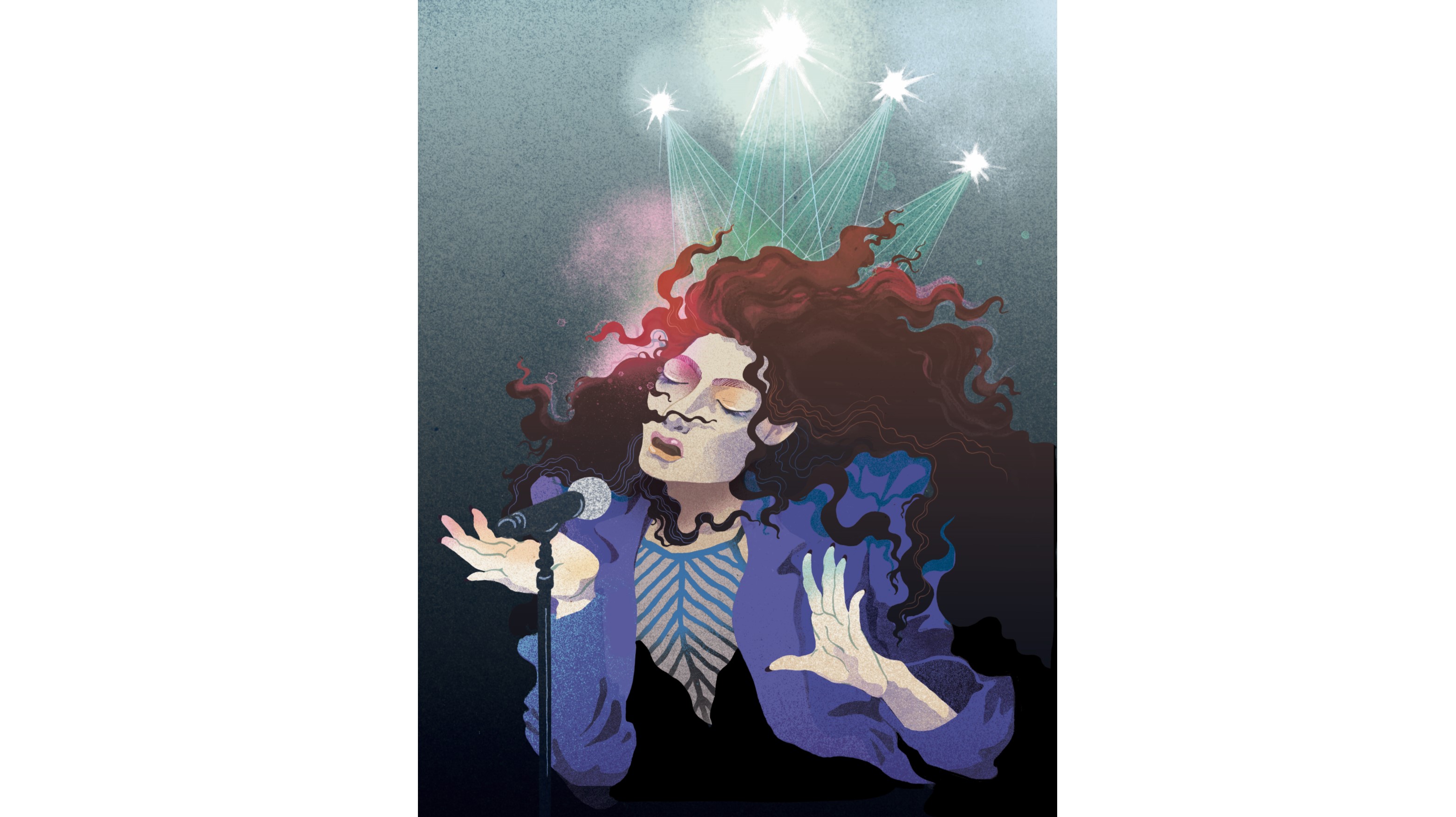
Once there was a girl who didn’t plan to be a singer. Her name was Ella, and she lived in Auckland. She loved drama lessons and reading.
Ella read so many books that she was chosen for Kids’ Lit Quiz, and her team came runner-up in the world finals. By now Ella was sure she’d be a writer.
But things don’t always turn out how you think.
At intermediate school, Ella and a friend sang and played in the talent quest. They won. Then they were asked to sing on afternoon radio. Next thing, Ella was signed up for development with Universal Music Group.
For development? thought Ella. Okay, I guess it means singing lessons.
She listened to jazz and soul music.
She played CDs of Fleetwood Mac, and far too many other great groups and musicians to say in a hundred breaths. She co-wrote songs with her friend Joel. She tried writing her own songs, too,but somehow they didn’t make her feel satisfied.
At last it was time to record an EP, and Ella had to find a stage name. Lord — with an ‘e’ — she decided. Lorde.
On free download, Lorde released The Love Club, four songs she co-wrote with Joel. One of them was called ‘Royals’. It was about being happy and ordinary, not envious of the super-rich and super-famous, about loving just being with your friends. The EP had 60,000 hits.
Then Universal Music Group released it for sale.
Three months later, Universal released ‘Royals’ on its own. Sales went crazy.
Lorde, only 16 years old, had a number-one hit. The song expressed something in the hearts of young people all over the world.
Ella kept trying to write her own songs. They still didn’t work for her. Then she read some short stories and something clicked. Finally she understood how to make words say what she wanted.
Lyrics and music began pouring out of her. She wrote about being young with her friends, how it felt and what it meant. Her words, her voice and her music came together.
Things didn’t turn out how Ella expected. They turned out better. She’s a singer, and a writer— a writer of songs.
Patricia Grace
Writer
Born 1937 in Wellington
Ngāti Toa, Ngāti Raukawa, Te Āti Awa
Patricia writes about the Māori way of life, about whānau and the power of the community, about love.
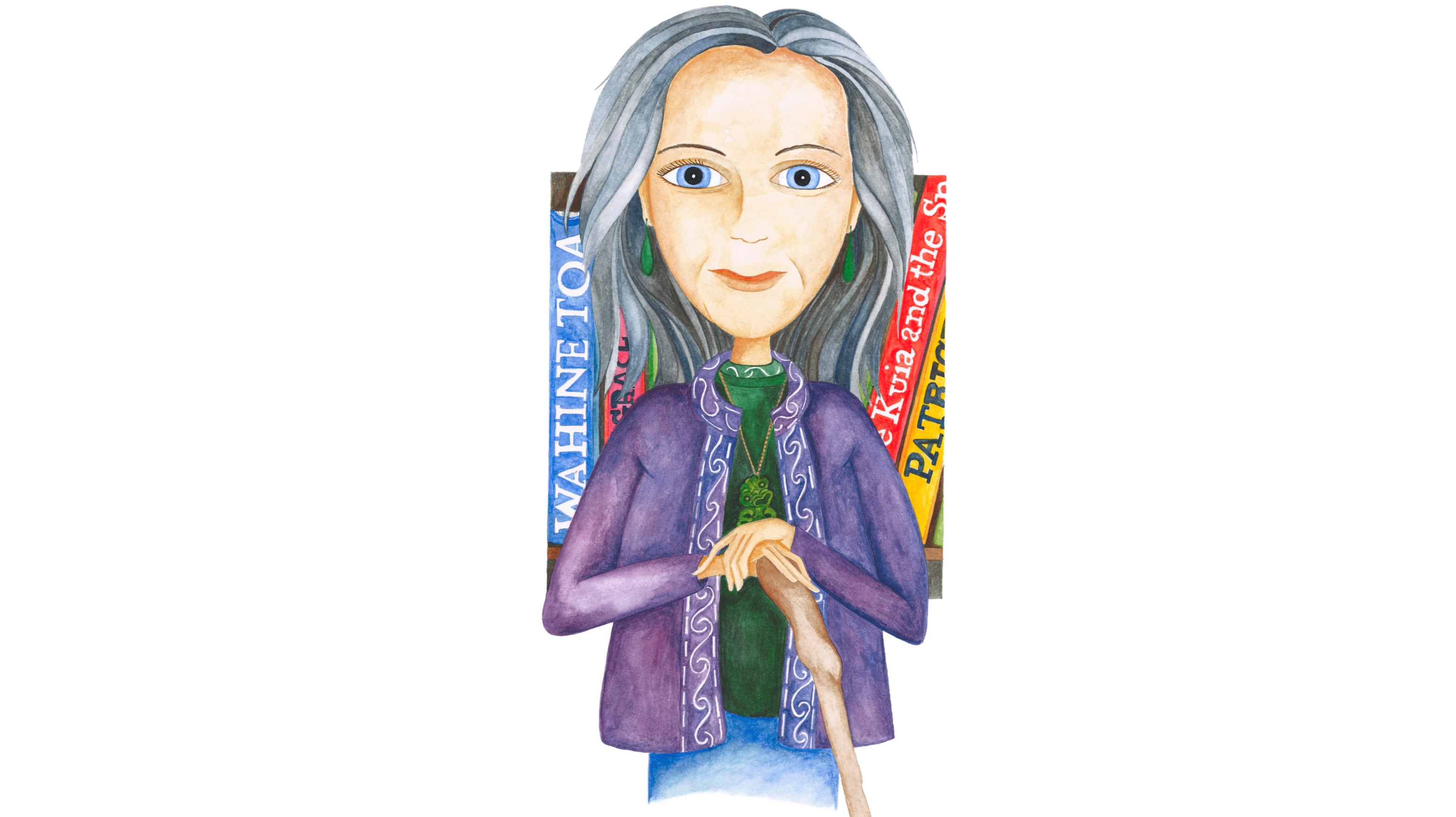
There was once a girl called Patricia. She loved to swim and play and catch fish. On quiet days, she liked to read books. She read many books while she was growing up.
Patricia trained as a primary-school teacher, and enjoyed teaching children to read and write. Although she had seven children to take care of as well, Patricia always found time to do her own writing.
Her very first book caused a great stir. It was the first collection of short stories ever published by a Māori woman. She went on to write more short stories, and novels, as well as books for children.
The children’s books have been published in Māori as well as English. With seven children, Patricia knew how to create tales for lively young minds. The Kuia and the Spider — an old woman and a spider have a weaving battle. Watercress Tuna and the Children of Champion Street — an eel with a magical throat gives children gifts that help them dance and make music. The Trolley — in secret, a mother makes a trolley to give to her children.
It was hard work being a teacher, a mother and finding time to write, too. Finally, Patricia decided to stop the teaching to become a full-time writer. Mother and writer? That was more than enough.
Her books for grown-ups have made her a powerful force in New Zealand writing. They’re about Māori and Pākehā people coming together. They’re about past injustices done to Māori by Pākehā. They are about injustices still being done to Māori. Patricia writes about the Māori way of life, about whānau and the power of the community, about love.
Patricia’s writing is skilful and versatile. People find it both simple and deep, like a clear pool. She’s won prizes here in New Zealand and abroad. Each book and story speaks out with a confident voice.
By the way, Patricia once said that if she weren’t a writer she’d like to be a saxophone player. It’s likely she’d be good at that, too.
Extracted from Go Girl by Barbara Else, published by Penguin Random House NZ
Text © Barbara Else, 2018. Illustrations © Helen Taylor, 2018; © Sophie Watson, 2018; © Rebecca ter Borg, 2018
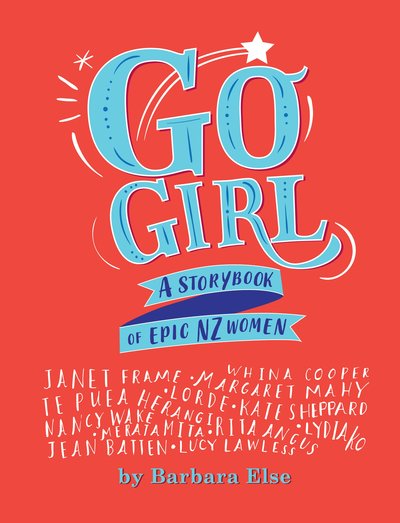
Go Girl: A storybook of epic NZ women
By Barbara Else
Published by Penguin Random House NZ
RRP $45.00



